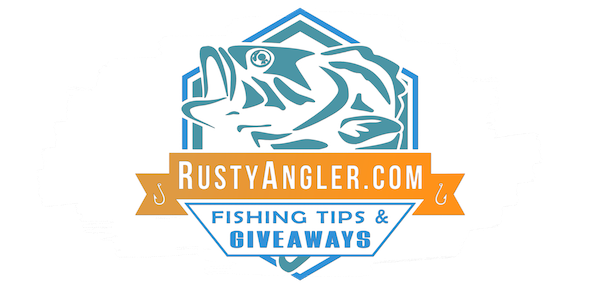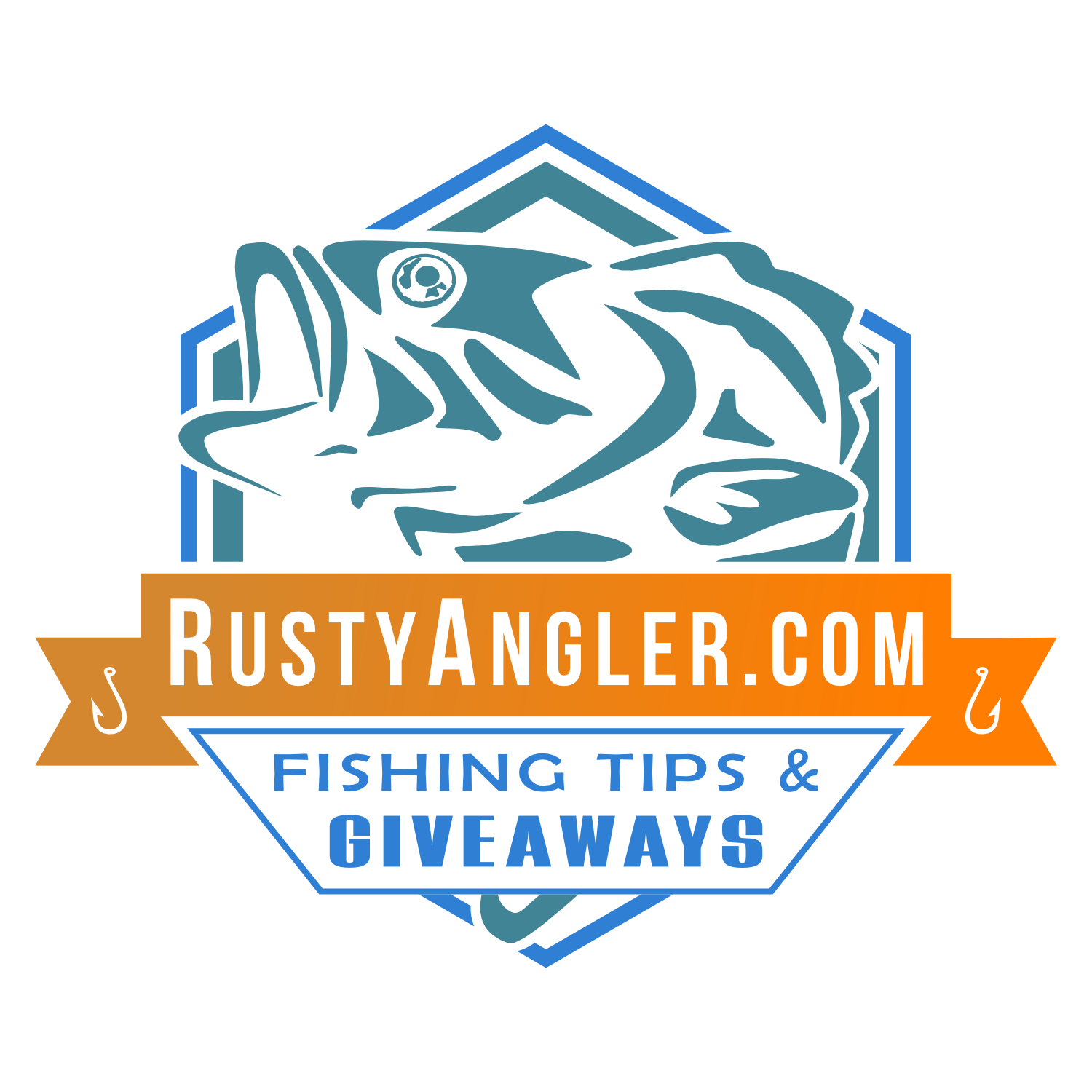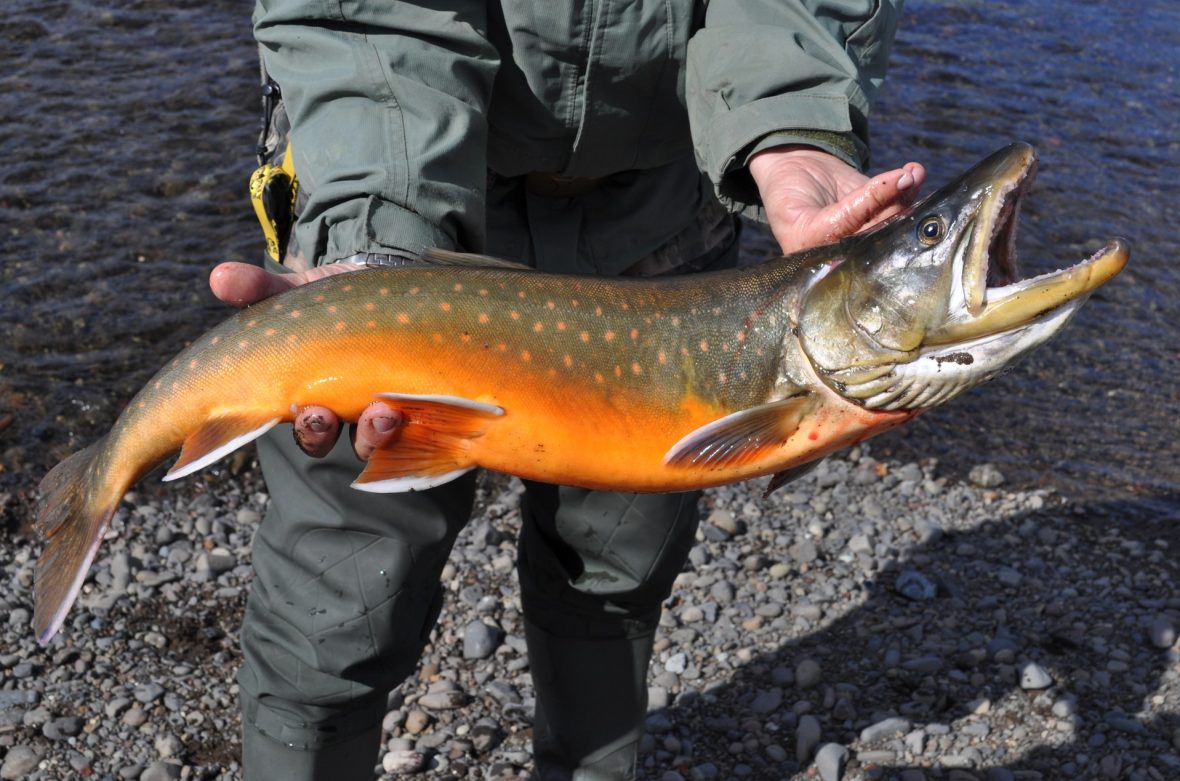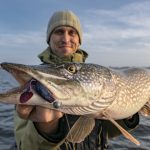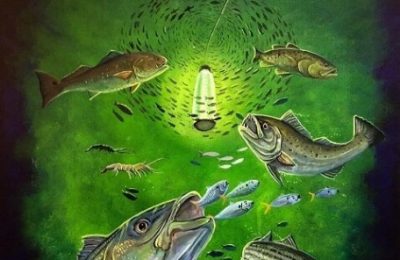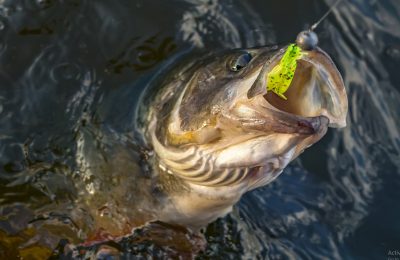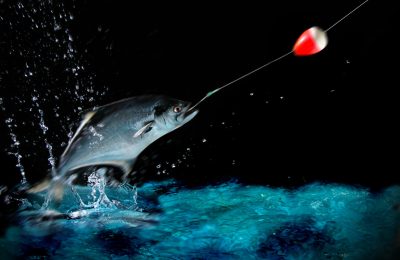Artic Char Fishing
King of the North
Many anglers think of king salmon as the top gamefish up north. After all, they carry the name “king.” However, locals and expert anglers know the real king is the Arctic Char.
The northernmost freshwater fish in the world, these colorful giants are found throughout Northern Canada, the Arctic Circle, and in the highlands of Europe.
Not only are these fish famed for their fight, they are routinely called the most colorful and photogenic of all sport fish. Bright red, orange, and mirrored silver coloring makes them a sought after trophy fish.
While some can be found in the ocean prior to spawning, arctic char are a freshwater species. Arctic char are found in larger, deep lakes and fast-running streams throughout the polar regions.
The largest populations are in Scandinavia and the northern most parts of North America. Because they are excellent table fair, char have also been successfully farmed in North America and Europe.

Arctic Char vs. Salmon
Predatory. Hard fighting. Tons of fun to catch. Exceptionally good flavor. All of these descriptions fit Atlantic Salmon, but they also describe arctic char.
Arctic char fishing is found in many of the same areas as salmon, but these feisty fighters also range deep into Alaska, Iceland, and Greenland. Char are opportunistic feeders, eating everything from insects and crustacea to mollusks and smaller fish. And those smaller fish include salmon.
Fishing for arctic char means brightly colored, almost garish, lures. Hot pink and yellow are go-to favorites.
The Mepps Syclops is one of the best lures. With five color patterns, including Hot Orange, this lure is sure to attract the feistiest char. It can be trolled, used in deep water, and even jigged for ice fishing.
Streamers for char include any variety of insect flies. Char target biting insects so gnat and mosquito flies are a first choice for experienced anglers. In fact, a mosquito fly was used to catch the World Record Char, which weighed in at 32 pounds, nine ounces.
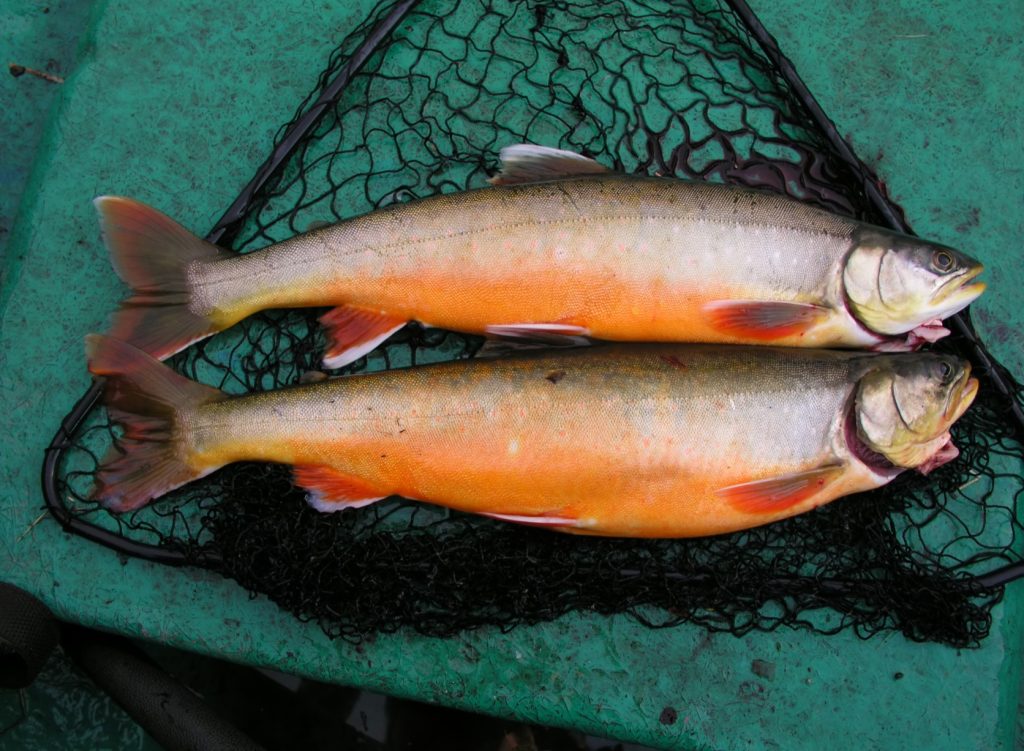
Arctic Char Taste
What does arctic char taste like? For seafood lovers it is described as heaven on a fork.
Arctic char fillets are mild in flavor, hovering in flavor between trout and salmon, with a softer flavor many people love. It is a fatty fish making it not only a healthy option, but ideal for a variety of cooking methods.
Arctic char recipes run the gamut from grilled arctic char to deep fried.
Pan frying and grilling are the favorites of many northern natives. The skin of char is delicate, so it crisps well, and the flesh won’t become tough or dry unless seriously overcooked.
Not only are arctic char known for their ease of cooking and full flavor, they are also some of the most nutritious fish available.
Char has high protein levels and high levels of omega-3 fatty acids. As such, arctic char nutrition is ranked high among healthy fish.
To make matters even better, because it is farmed and relatively unknown outside the far north, Arctic Char can be found for about half the price of pacific salmon.
Best Bait for Catching Arctic Char
Known for their ferocious attitudes and hard fighting when on the line, char is a favorite of experienced sport fishers looking for a challenge. Since they are unknown outside their specific area, char can also be a unique trophy fish.
Arctic Char are known to leap from the water and will often attack with high-speed runs, easily clearing the water line when hitting a fly or lure.
Arctic Char in Maine will travel as far north as Norway. However, these ocean char will stay close to shore. This mean surf casting for those who don’t want to venture out to sea.
Fresh water char found in rivers, will gather by pools and long runs. Lake char tend to stay near the surface and by the mouths of rivers, where food is plentiful. Savvy anglers will stick to these areas and float bait on the surface.
Char are voracious eaters and will strike anything that even closely resembles their large variety of prey. For sport fishers, the problem can be knowing which prey the local char are eating at the time.
Ocean char will eat snails, salmon eggs, plankton, caddies, and smaller fish. The savvy angler will use bait that resembles the local prey, be it snails at the edge of a lake, or sculpin in the ocean.
While they will still strike artificial bait, when ice fishing for arctic char live bait is preferred. Insects and worms are preferred for ice fishing.
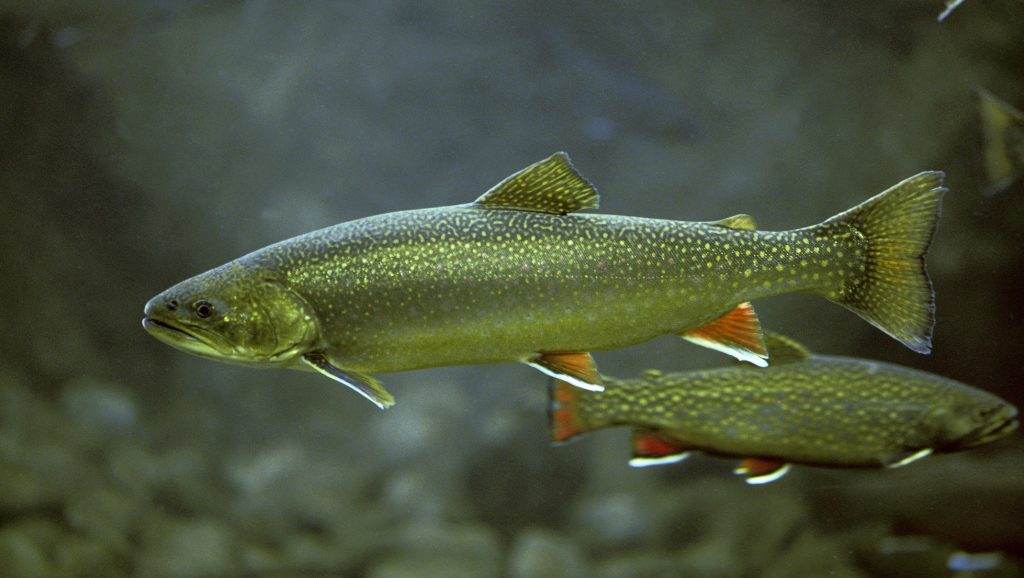
Best Gear For Arctic Char
Char is routinely caught on fly fishing rigs, and they are very willing to strike flies. However, spinning rods and reels are best for catching arctic char. Rods should be seven to nine feet in length, but have light or medium action.
The Ugly Stick Elite Salmon Spinning Rod is ideal for char, as it is made specifically to go after this type of fish. It is lightweight and sensitive, yet strong enough to handle the fight an arctic char fish will put up.
The St. Croix Triumph Salmon Spinning Rod is another excellent choice, made specifically for the rigors this type of catch will give.
Either rod can be paired with a spinning reel wound with 20-pound test monofilament line. Savvy anglers know that even the smaller char, with speed runs and leaping strikes, can fight like much heavier fish.
For those angling at an arctic char fishery, catches of 20 or even 30 pounds are not uncommon.
Char Charters
Since arctic char are in the arctic climates, many sport fishers will prefer a good guide if not a full charter experience.
Guides will know the best locations to catch arctic char. Charter services will not only provide guidance, but they will also include any needed gear, bait, protective clothing, and even lodging.
Those engaging a charter service can also request the catches be cleaned and prepped for cooking.
